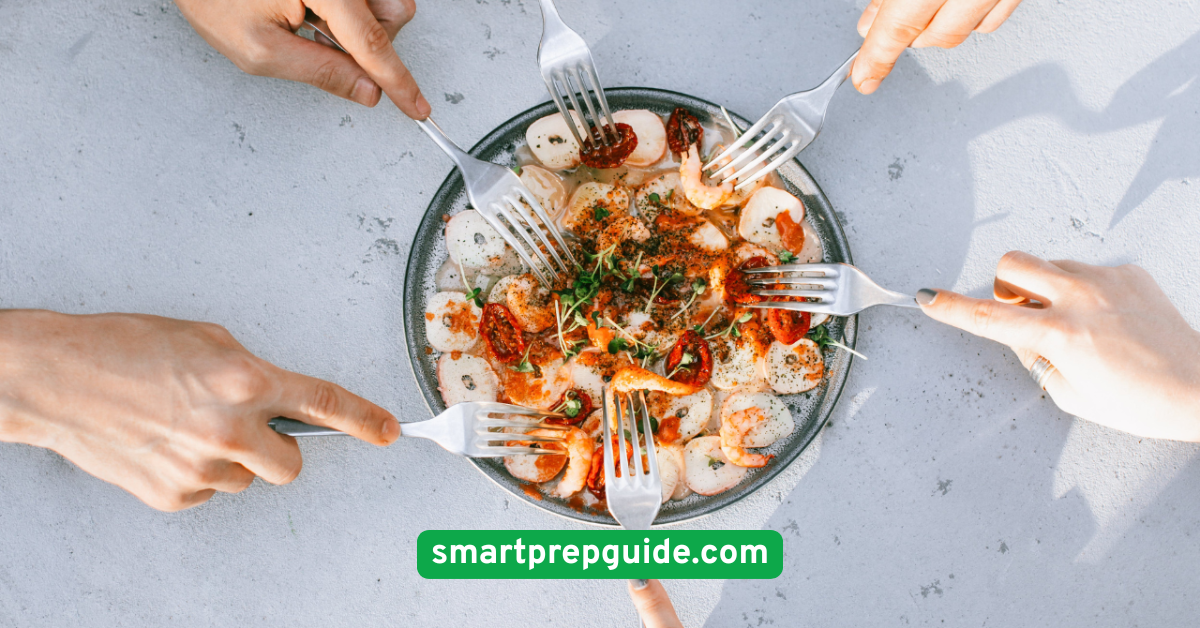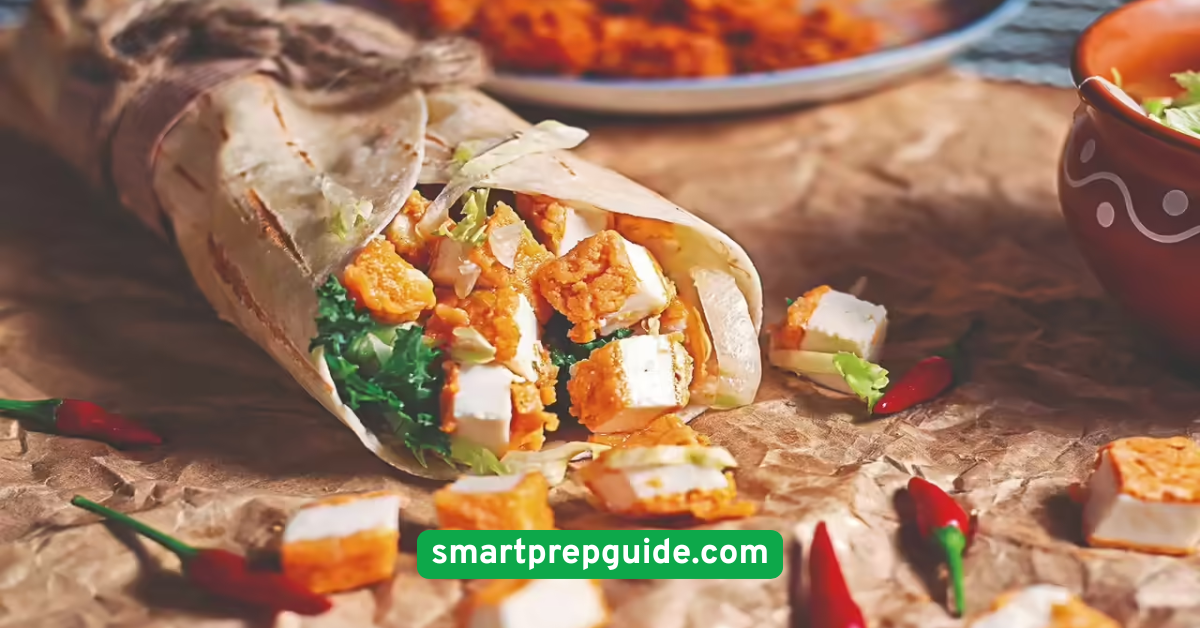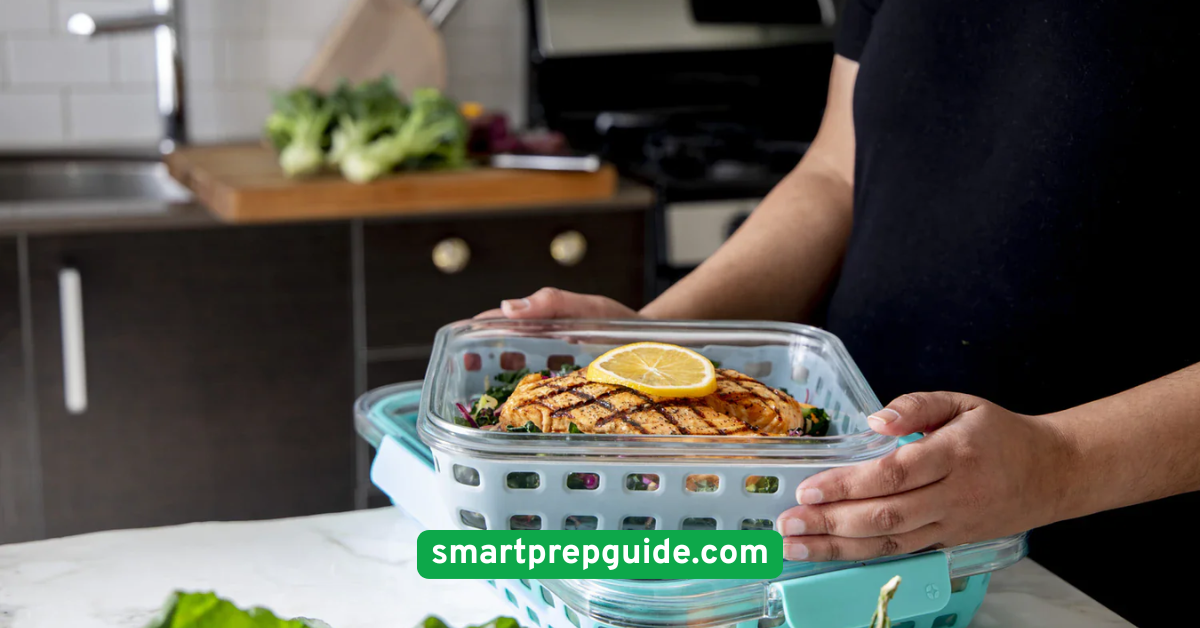7 Smart Meal Prep Ideas on a Budget
1. Plan Your Meals Around Weekly Grocery Sales
One of the easiest ways to save on groceries is by building your meals around what’s on sale. Most supermarkets release weekly flyers or offer in-app digital coupons showcasing their best deals. This is where your smart planning starts.Check your local grocery store apps every weekend. If chicken breasts are on sale, then boom—your meal prep protein is sorted. Maybe broccoli and bell peppers are discounted—great, those become your go-to veggies. By letting the sales guide your menu, you avoid buying overpriced ingredients out of habit.Creating a shopping list from these sales helps reduce impulse buys and stick to your budget. You can use apps like Flipp or even a simple Google Sheet to keep track. Plus, planning meals based on deals ensures you get the most bang for your buck while keeping your meals fresh and varied week to week.

2. Cook in Bulk and Portion It Out
If you’re cooking a single serving every day, you’re working too hard and spending too much. Bulk cooking is a meal prepper’s best friend. Not only does it save time, but it also lowers your utility costs and reduces food waste.Start with basics: cook a big pot of rice, boil a dozen eggs, bake a tray of seasoned chicken thighs. Add in roasted veggies like carrots, zucchini, or sweet potatoes. Then, divide everything into individual containers. Voilà—meals for the week!Freezing some portions is a smart move too. If you prep for five days but get invited out one night, your prepped food won’t go to waste. And variety helps with meal fatigue—try mixing different sauces or spices with the same core ingredients to keep it interesting without buying more.Bulk cooking also makes portion control easy. You know exactly how much you’re eating, which is great if you’re watching calories or just trying to stay mindful.

3. Use Budget-Friendly Ingredients
You don’t need filet mignon or imported cheeses to eat well. Simple, nutritious staples can form the backbone of your weekly meal prep. Think lentils, chickpeas, oats, frozen vegetables, brown rice, and eggs—they’re healthy, filling, and cost-effective.Whole grains like quinoa or bulgur can be cooked in bulk and used in multiple ways: salads, bowls, or sides. Canned beans are another hero—cheap, shelf-stable, and protein-rich. Add them to soups, wraps, or mix with rice and salsa for a hearty burrito bowl.Buy fruits and vegetables that are in season or go for frozen options. They’re often cheaper and just as nutritious. A stir-fry made with frozen veggies, tofu, and soy sauce over brown rice? Budget-friendly and delicious.Plant-based meals, even just once or twice a week, can seriously reduce your grocery bill. Meat is expensive, and replacing it occasionally with beans, lentils, or eggs saves money while boosting nutrition.

4. Repurpose Leftovers Creatively
Leftovers don’t have to mean boring repeats. With a little creativity, yesterday’s dinner becomes today’s lunch and tomorrow’s snack. The key is to think “base ingredients,” not “finished meals.”For example, roasted vegetables can be blended into soup, folded into omelets, or stuffed into wraps. Grilled chicken from last night’s salad can easily become today’s burrito bowl. Have some cooked pasta left? Toss it with olive oil, garlic, and chopped spinach for a quick lunch.Keep a labeled “leftovers box” in your fridge so nothing goes to waste. You can even assign one meal per week as a “leftover night” where everyone builds their plate from whatever’s available. It adds variety and cuts down your prep time.This strategy not only saves you money but also reduces food waste, making your kitchen more eco-conscious. Plus, you’ll be amazed at how many tasty combinations you can create with a little imagination!

5. Prep Breakfasts and Snacks Ahead of Time
Skipping breakfast often leads to grabbing something overpriced and unhealthy later. Same goes for snacks. That’s why prepping them ahead is a smart budget move.Think overnight oats in mason jars with different fruit combos or pre-cooked egg muffins with spinach and cheese. You can even freeze homemade breakfast burritos wrapped in foil for easy microwave mornings.Snack-wise, try portioning out bags of trail mix, hummus and veggie sticks, or boiled eggs with a piece of fruit. These options are way cheaper than gas station or vending machine snacks—and much healthier too.Having these prepped and ready to grab helps you stay on track and avoid spending unnecessarily during your busy day. Bonus: it’s also a game-changer for parents packing school lunches!

6. Invest in the Right Storage Containers
Yes, it’s okay to spend a little on the right tools—especially when they’ll save you more in the long run. Quality storage containers are key to effective meal prep.Look for BPA-free, microwave- and freezer-safe options that stack well in the fridge. Having uniform containers helps you stay organized, prevents leaks, and makes grabbing meals on the go a breeze.Mason jars are great for layered salads, chia puddings, or soups. Reusable silicone bags are perfect for snacks or small portions. Labeling and dating your meals is also crucial to prevent forgotten containers lurking in the back of your fridge.Ultimately, investing in good containers will help you preserve food longer, save fridge space, and reduce the chances of spoiled or wasted meals—keeping your budget goals on track.

7. Stick to a Simple Prep Schedule
Meal prep doesn’t need to be an all-day Sunday marathon. Start small and realistic. Maybe you prep just lunches for the week or focus on breakfasts and snacks. The goal is consistency, not perfection.Pick one or two days a week to cook and prep. Even 60–90 minutes can yield a week’s worth of basics. Use timers or music to make it feel less like a chore. As you build the habit, it gets easier—and even enjoyable.Over time, create a rotating meal plan with 2–3 base meals you can tweak weekly. For example: grain bowls, stir-fry kits, and soups. They’re endlessly customizable, which means you stay excited about eating them while keeping things budget-friendly.Remember, your prep schedule should support your life—not stress you out. Start where you are and build up!

Conclusion
You don’t need a fancy kitchen or a fat wallet to meal prep like a pro. With these 7 smart and budget-friendly meal prep ideas, you can eat healthier, waste less, and save more every week. Whether you’re planning around grocery sales, cooking in bulk, or repurposing leftovers with flair, every small step adds up to big savings. So here’s your challenge: choose just one strategy to try this week. Maybe you’ll prep breakfast for five days or do your first bulk cook. Whatever you pick, it’s a step toward smarter spending and smarter eating. Let’s ditch the “meal prep is too hard” myth and make your kitchen work for your wallet. Happy prepping!





